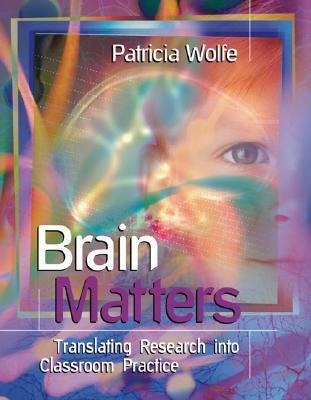What do you think?
Rate this book


In this book, Patricia Wolfe makes it clear that before we can effectively match teaching practice to brain functioning, we must first understand how the brain functions. In Part I, several chapters act as a mini-textbook on brain anatomy and physiology. Then, in Part II, Wolfe brings brain functioning into clearer focus, describing how the brain encodes, manipulates, and stores information. This information-processing model provides a first look at some implications of the research for practice--why meaning is essential for attention, how emotion can enhance or impede learning, and how different types of rehearsal are necessary for different types of learning.
In Part III, Wolfe devotes several chapters to practical classroom applications and brain-compatible teaching strategies. This section shows how to use simulations, projects, problem-based learning, graphic organizers, music, rhyme and rhythm, writing, active engagement, and mnemonics. Each chapter provides examples using brief scenarios from actual classroom practice, from the lower elementary grades to high school. The book also includes a glossary of terms.
207 pages, Paperback
First published January 1, 2001